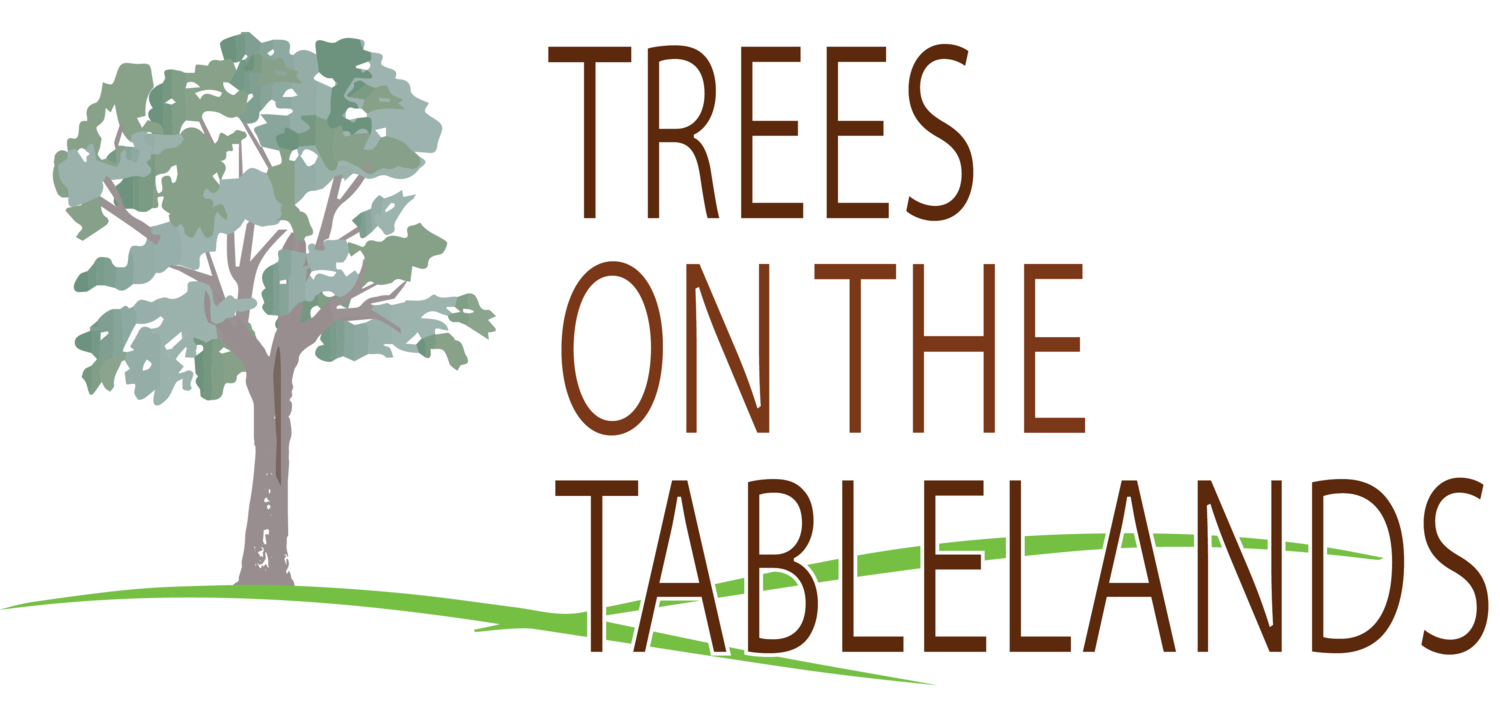
LANDHOLDER RESOURCE GUIDE
Assessing Woodland Condition
Before commencing any regeneration or revegetation works, it is necessary to obtain a clearer understanding of your current woodland condition (health) and extent (size) so as to guide decisions for conserving, improving, or expanding key woodland areas. In order to do this, it is necessary to develop a broad overview of the woodland condition of woodland areas using qualitative tools that assess the presence or absence of key woodland elements. This gives a broad overview of how ‘intact’ the woodland community is and can help identify priority areas. There are a number of very useful and scientifically sound guides available for assessing the condition of woodland areas, all of which provide a means to develop a broad overview of your woodland condition (ref). Using a property map, identify areas of pre-existing woodland, segmenting and outlining the woodland where regenerative works are proposed. This would include areas with pre-existing trees in clumps or stands. Also identify areas you would like to regenerate, this might include river or creek banks, drainage lines, riparian zones, or sections of paddocks devoid of trees. Including any woodland areas that are adjacent to or outside your property can be beneficial to guide decisions that will improve connectivity across the greater landscape. To properly assess your current framework, you will need to visit each patch and carry out a qualitative assessment of its health and condition. This aims to determine where woodland is present, the size of woodland patches, individual paddock trees, and any potential zones where connectivity can be improved.
Some general rules of thumb that are worth considering when performing this assessment include
If the patch has 20 or less trees, these will need to be assessed individually (see further sections on assessing the health of paddock trees
If the patch is larger than 5 ha in size, you will need to perform multiple assessments in multiple places to get an average of the condition
Woodlands on the Northern Tablelands increase in their ability to operate as functioning ecosystems when they exist as a contiguous woodland with minimal sinuation at the woodland edge. This isn’t to suggest that woodlands of smaller sizes are not worth giving attention to, rather that to maintain optimal ecosystem function, aiming for larger areas of woodland cover rather than small, fragmented patches is preferable. In order to maintain long-term ecological function, a minimum area of 5ha for landscapes containing native grasslands or 10ha in landscapes surrounded by sown pasture/cropping is suggested (Mcintyre et al., 2004).
Performing a woodland qualitative assessment
Performing a qualitative assessment of your woodland patch is necessary to begin works of rehabilitation or regeneration (Table 1). To do this, you will need to visit your woodland and observe some key factors that will aid in determining its current condition. You will be performing a qualitative assessment graded as ‘true’ or ‘false’ for characteristics that can affect a woodlands functional condition, classified as either ‘positive = leading to better condition’ or ‘negative = leading to a worse condition. While this is a simple assessment and will not give you a rigorously detailed understanding of the current woodland condition, it is a useful and sufficient starting point that will help guide your further actions in woodland regeneration
When you have your final woodland condition grading score, you can use the following table to give a general overview of your woodland health (Table 2).
So what does your qualitative assessment mean?
It is important to remember that your assessment is a guide to targeting areas in need of attention, and the level of management or intervention required to rehabilitate/regenerate your woodland. The assessment guide is not rigorous to giving a complete overview of your woodland condition, as in most cases this is not necessary. Performing this assessment however does provide for you a first step towards the necessary actions for improving your woodland condition, whether that be improving or installing necessary exclusion fencing, attentioning weed control, or even in extreme cases the need to perform assisted revegetation (planting). It also provides a means to qualify your woodlands current state for record keeping and basic monitoring over time. From your assessment, the natural progression would be to attention first the conservation of woodlands that are of highest condition, followed by those areas most in need of rehabilitation works. For more detail on the practical aspects of performing natural or assisted regeneration, please read on in through the following sections.
References
Benson, J.S. & Ashby, E.M. (2000) Vegetation of the Guyra 1:100 000 map sheet New England Bioregion, New South Wales. Cunninghamia 6(3): 747-872
Goldney, D. C., & Wakefield, S. (1997). Save the bush toolkit. Environmental Studies Unit, Charles Sturt University.
Rawlings, K., Freudenberger, D., & Carr, D. (2010). A guide to managing box gum grassy woodlands. Commonwealth of Australia.
McIntyre, S., McIntyre, S., McIvor, J. G., & Heard, K. M. (Eds.). (2004). Managing & conserving grassy woodlands. CSIRO PUBLISHING.


